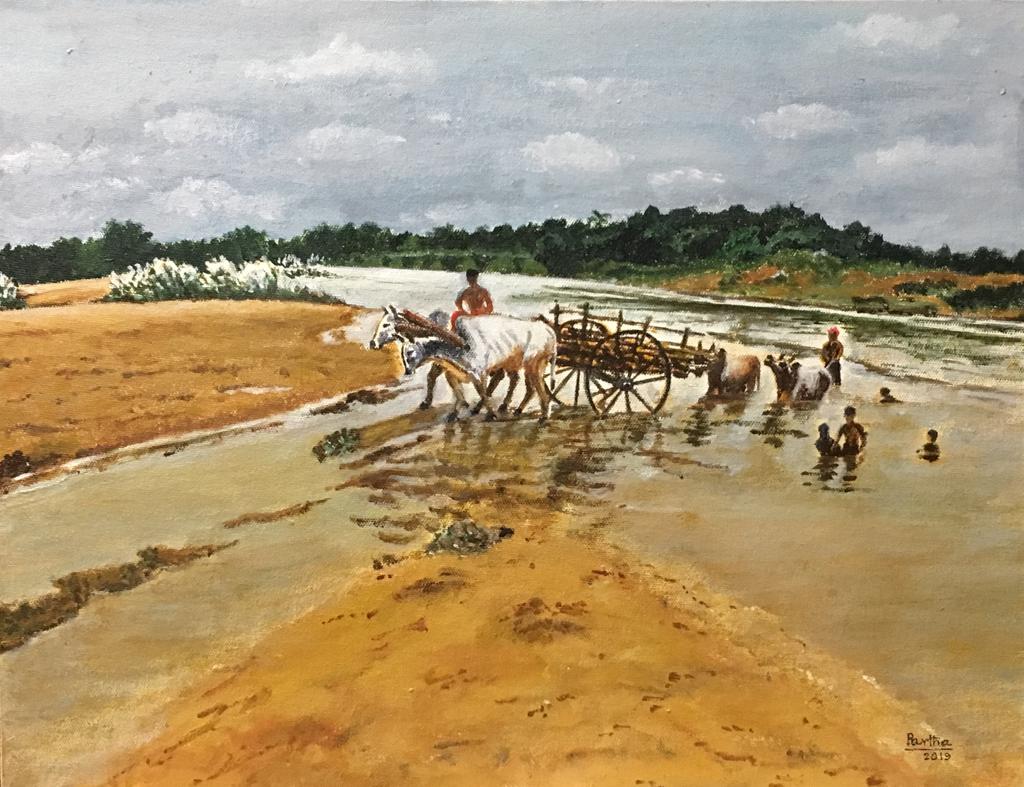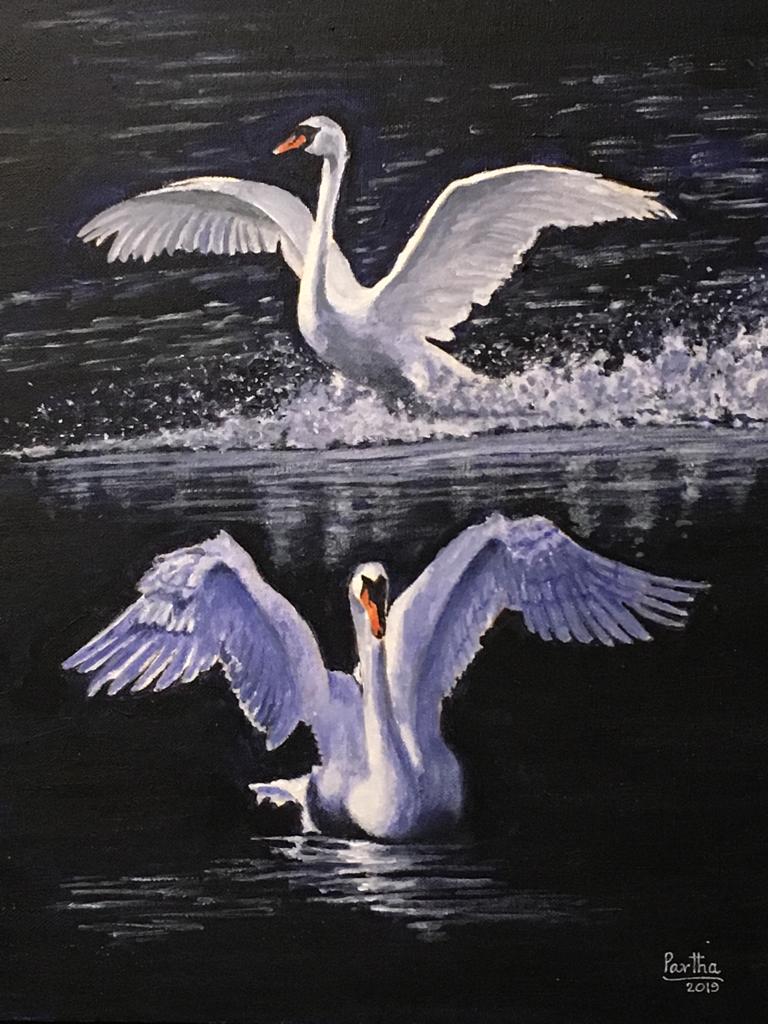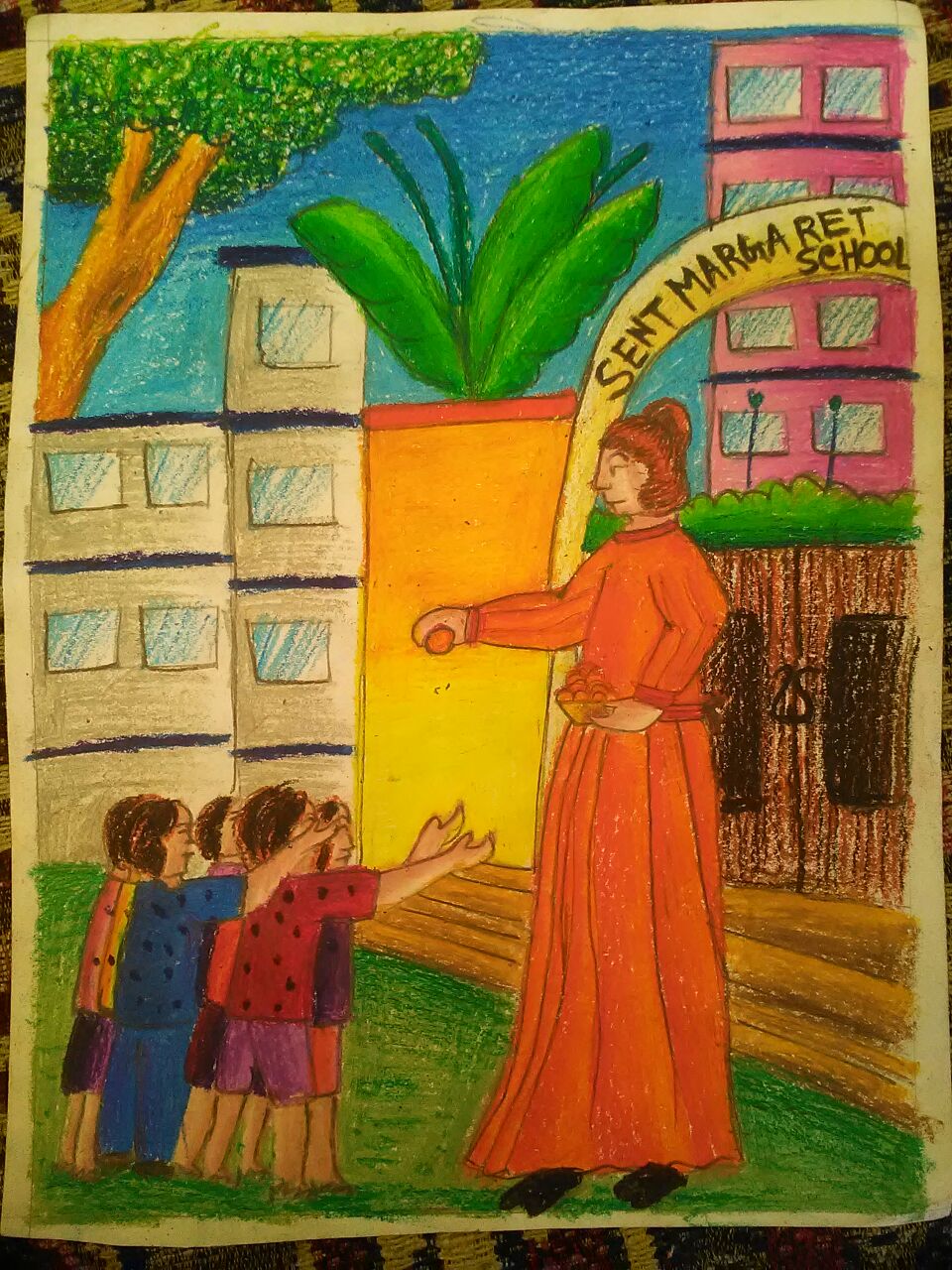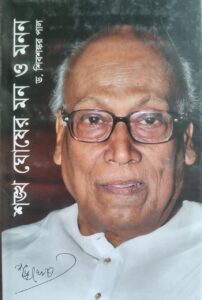Muslim Rule in Bengal – A Summary Impression
I remember reading a travelogue in Ananda Bazar Patrika several years ago, written by a lady journalist, which left an impression on me. She expressed her wonderment at the large number of huge masjids, tombs and palaces in Gaur, Pandua, Murshidabad and Dhaka. She was particularly surprised, as she recalled her history books relating back to the period of Muslim hegemony in Bengal. It said something to the effect: “Bengal was conquered by Bakhtiyar Khilji in 1203 and the Muslim rule ended in 1757 with the defeat of Siraj-ud-daula in 1757. In between, the Muslims ruled Bengal for 550 years” – little else of substance seems to have been mentioned to make a lasting impression on us. That got me thinking and I have put down a few of my thoughts..
In my native Bengal, Muslim rule started with the conquest by Bakhtiyar Khilji in 1203 and lasted essentially uninterrupted till the defeat of Sirajuddaula by the British in 1757 (with a brief interlude during the reign of Raja Ganesha). Initially Bengal was ruled by Pathan sultans of various dynasties, till the conquest of Bengal by the great Mughal Akbar in 1576. After the death of Aurungzeb in 1707, the Mughal Empire broke up and local Nawabs, initially functionaries of the Mughals captured the power.
Bengali language clearly took shape during the Muslim period – Bengali of an earlier period is not quite intelligible in the present day. Literary output during the period as has come down to us is really impressive, starting with the Vaishnava Padabalis of Chandidas to the famous Mangal Kavyas, the various biographies of the Mapaprabhu, Ramayana by Krittibas, Mahabharata by Kashiramdas – all during the Muslim rule. On the religious front, Nabadwip had already developed into a major center of religious learning when the giant Chaitanya Mahaprabhu was born there. Besides Chaitanya Mahaprabhu, there was Smarta Raghunandan. His Raghunandan Smriti is still held in high esteem in traditional Bengali religious and social life. Other Tantric sadhus left their own contributions such as Krishnananda’s Tantrasara, the basis of Kali Puja in Bengal, as I understand. In fact, both Durga Puja and Kali Puja in their present forms as we know them today, have their roots in the Muslim period in Bengal. The first recorded Durga Puja in its present form is credited to Raja Kangshanarayan of Rahshahi during the reign of Husain Shah in the sixteenth century. Also, one can but not be impressed with the huge masjids and tombs in Gaur, Pandua, Dhaka and Murshidabad, mostly in ruins today. They speak volumes of the prosperity of Bengal during the Muslim period.
And finally, major shifts in the Ganges river system took place during the Mughal period. Huge areas, mostly in East Bengal became available for rice cultivation. This resulted in a burst of activity whereby large movements of population occurred into these areas and gave rise to unprecedented prosperity. This is attested in the Mughal documents of the time. Also significantly, large sections of this newly settled population embraced Islam, inspired by a very vibrant Sufi movement in these areas. Latest research shows that this is the primary reason for the surprisingly high percentage of Muslims in East Bengal (now Bangladesh) compared to contiguous areas such as West Bengal, Bihar, Assam or Odisa.
















Comments »
No comments yet.
RSS feed for comments on this post. TrackBack URL
Leave a comment